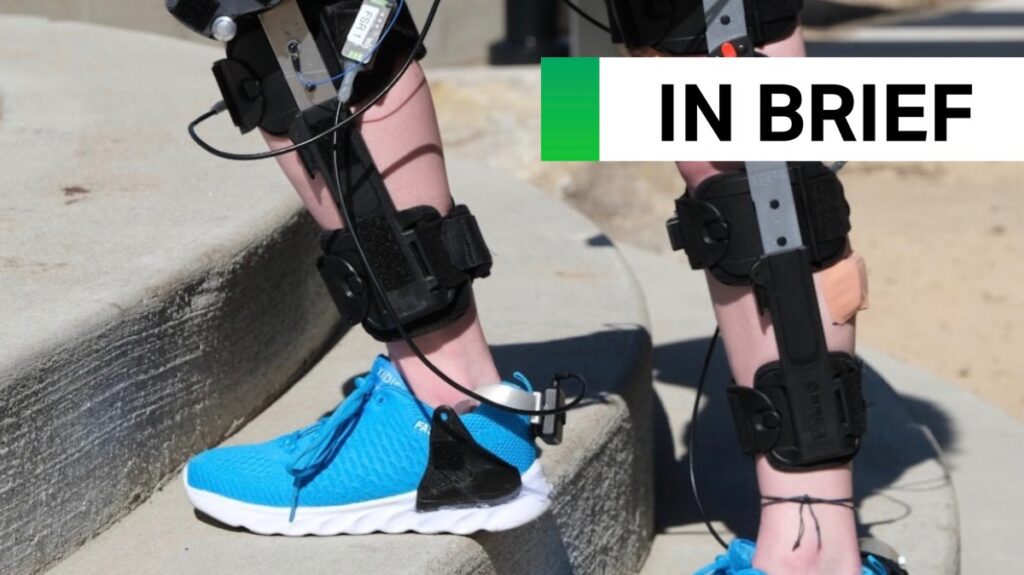Robotic Exoskeletons Revolutionizing Workplace Safety and Efficiency
In the quest to enhance workplace productivity, robotic exoskeletons have emerged as a groundbreaking solution. While many of these devices are designed to support the back, they can inadvertently promote improper lifting techniques among users. To address this challenge, a team from the University of Michigan has developed an innovative pair of robotic knee exoskeletons, utilizing off-the-shelf drone motors and knee brace technology.
A New Approach to Lifting
Professor Robert Gregg of the University of Michigan emphasized the unique strategy behind this development: "Instead of directly supporting the back and compromising proper lifting techniques, we are focusing on strengthening the legs." This approach aims not only to provide support but also to encourage correct posture during lifting tasks, ultimately leading to safer work practices.
Innovative Testing and Results
Recent trials involved participants lifting a 30-pound kettlebell while ascending and descending stairs. The findings were promising: the knee exoskeletons allowed users to maintain an optimal lifting form and significantly increased their speed. Researchers noted that the technology facilitated better body mechanics, proving its potential in reducing workplace injuries and enhancing efficiency.
The Future of Exoskeletons in Workplaces
The development of these knee exoskeletons signals a shift towards more holistic safety solutions in labor-intensive industries. By concentrating on lower body strength rather than purely upper body support, the design provides a more balanced approach to lifting and carrying heavy objects.
Key Benefits of Robotic Knee Exoskeletons
- Improved Posture: By supporting leg strength, these exoskeletons encourage users to maintain proper form.
- Faster Performance: Test participants reported quicker and more efficient movement while using the exoskeletons.
- Injury Prevention: Enhanced posture and support may lead to a lower incidence of work-related injuries.
Conclusion
The evolution of robotic exoskeletons represents a significant leap forward in workplace safety and efficiency. By focusing on leg support rather than just back protection, researchers at the University of Michigan are paving the way for a new standard in labor-assist technology. As the industry advances, these innovative solutions may reshape how physically demanding tasks are approached, fostering healthier work environments while optimizing productivity.
The future of robotic assistance in the workplace appears bright, as these technologies not only promise to enhance performance but also prioritize the well-being of workers—a win-win for industries aiming to blend innovation with safety.




